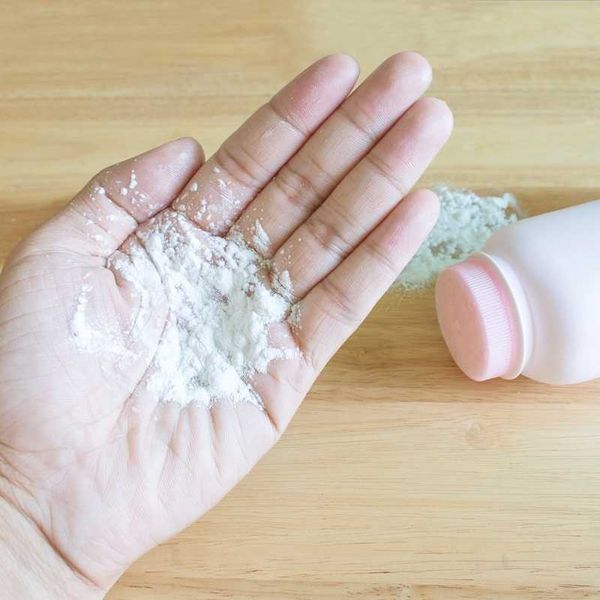A fight is brewing over just how polluted our bodies are by BPA, the plastic additive found in everything from canned food to thermal paper receipts and water bottles.
In December researchers declared that the method used by federal regulators dramatically undercounted the amount of bisphenol-A (BPA) in our blood and urine. This week two dozen scientists weighed in both challenging and defending the work.
BPA is a key ingredient in polycarbonate plastic and epoxy resins. It's used to keep acidic foods like tomatoes from interacting with the metal in tin cans, is absorbed by the skin and digestive tract and rapidly transformed and passed by the body. But since the additive – along with "BPA-free" substitutions like BPZ and BPS – is ubiquitous in everyday products, traces of the chemical and its breakdown products, called metabolites, are found in almost every person on the planet.
When BPA enters the liver most of it is converted to metabolites. These metabolites are then excreted.
To accurately measure a chemical, scientists need to be able to compare what they are measuring to a known amount of the same chemical, called a standard. A 'standard' has been available for BPA for a long time.
Until recently, however, there have not been standards for the metabolites, so it was not possible to test for them directly.
To get around this the current federal test for total BPA exposes BPA metabolites from urine to a snail enzyme which in theory converts it back to the original form. They then measure the total BPA after that conversion.
The December study, published in The Lancet Diabetes & Endocrinology journal, measured the metabolites and BPA directly. The researchers discovered that the snail enzyme doesn't work how the federal scientists think it does. It does alter the metabolites chemically but not all of it to BPA. The more metabolite there is, the more it is converted to something else, not BPA.
The researchers found the average level of BPA in test subjects was 44 times higher than using the federal standard.
"This would indicate the old method is highly inaccurate," Pat Hunt, co-author of the December analysis and researcher at Washington State University, told EHN in December, referencing the U.S. Food and Drug Administration's method. "It's a case of having better tools in our hands. Tools we were using were cruder and highly inaccurate."

Four letters published this week in The Lancet Diabetes & Endocrinology journal carry that debate forward.
The first, from U.S. Centers of Disease Control and Prevention scientist Antonia Calafat and 18 other researchers at university and government labs across Europe, Australia and the United States, defended the indirect, or status quo, method.
"Both human pharmacokinetic and laboratory studies have demonstrated the validity of the indirect method, the approach used by most laboratories routinely measuring BPA," they said. "Current population levels of BPA in urine are accurately and precisely measurable."
According to the response to this by Hunt and colleagues, proper vetting could not have been done without the standards needed to accurately determine the metabolites' concentration. And neither the FDA nor the CDC used those standards.
BPA interferes with our hormone system at extremely low doses. Researchers have linked it to a range of health problems, including cancer, diabetes, obesity, infertility and behavioral problems.
A year-long investigation by EHN.org found that federal agencies discount cutting-edge science that shows worrisome results at low, everyday exposures. Instead, the investigation found, regulators favor industry-backed studies and research methods that are decades old.
Two other letters counter that the new approach needs attention—and should be applied to chemical testing beyond BPA.
"We believe that measurement of 'real' BPA is the best tool to assess risks to human health," wrote Antoine Dupuis and three other biomonitoring experts at the University of Poitiers in France.
According to Hunt and colleagues, this misses the point that BPA levels in urine have been used in risk assessments, where total BPA levels of exposure are assessed by looking at BPA levels plus the levels of metabolites. Because of the enzymatic degradation of BPA in the liver and the excretion of metabolites in urine, the amount of BPA observable in blood is only one piece of the puzzle.
Incorrect exposure readings could have profound public health ramifications, cautioned Kerri Palmer and Valerie Speirs of the University of Aberdeen in a third letter. "Perceptions that BPA is present in low levels has led regulators to be dismissive about its potential adverse health effects, even though there is potential for continuous, low-level exposure throughout our lifetime."
Responding to the debate, the December study's three authors—Pat Hunt, Roy Gerona of the University of California, San Francisco; Fred vom Saal of the University of Missouri—noted in the fourth and final letter that their data are never disputed.
"Calafat and colleagues provide no criticism of our methodology, findings, or the profound implications for BPA risk assessment," they said. "To echo Palmer and Spiers: Regulators are urged to take note."
See the latest edition of the The Lancet Diabetes & Endocrinology journal for all of the letter referenced above.
























